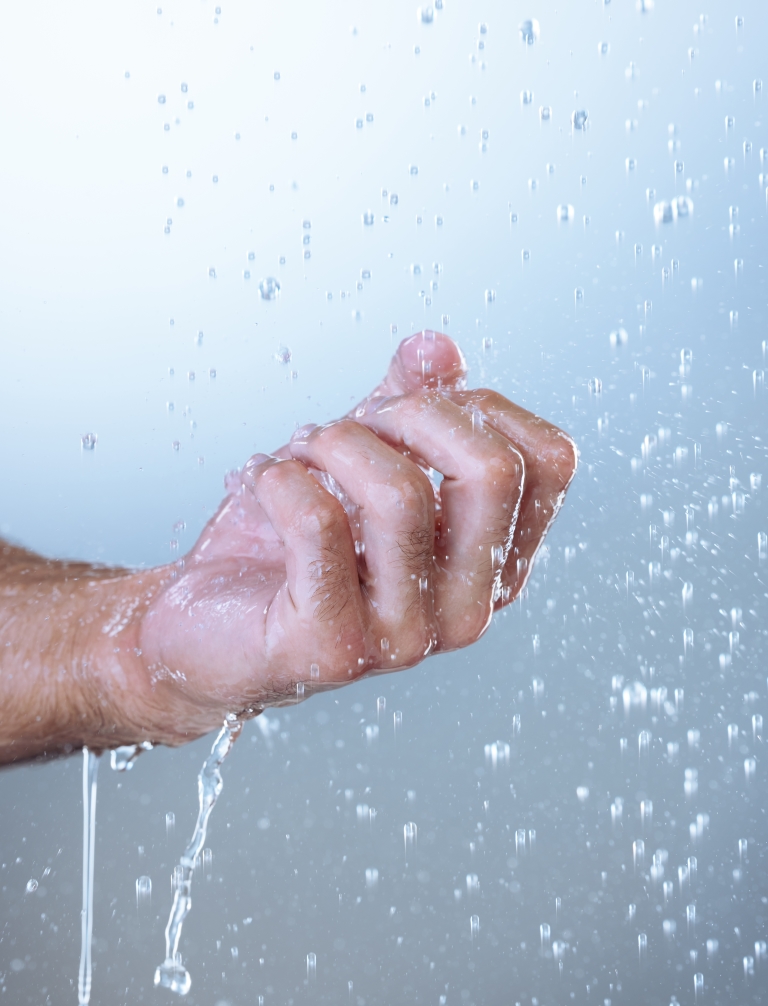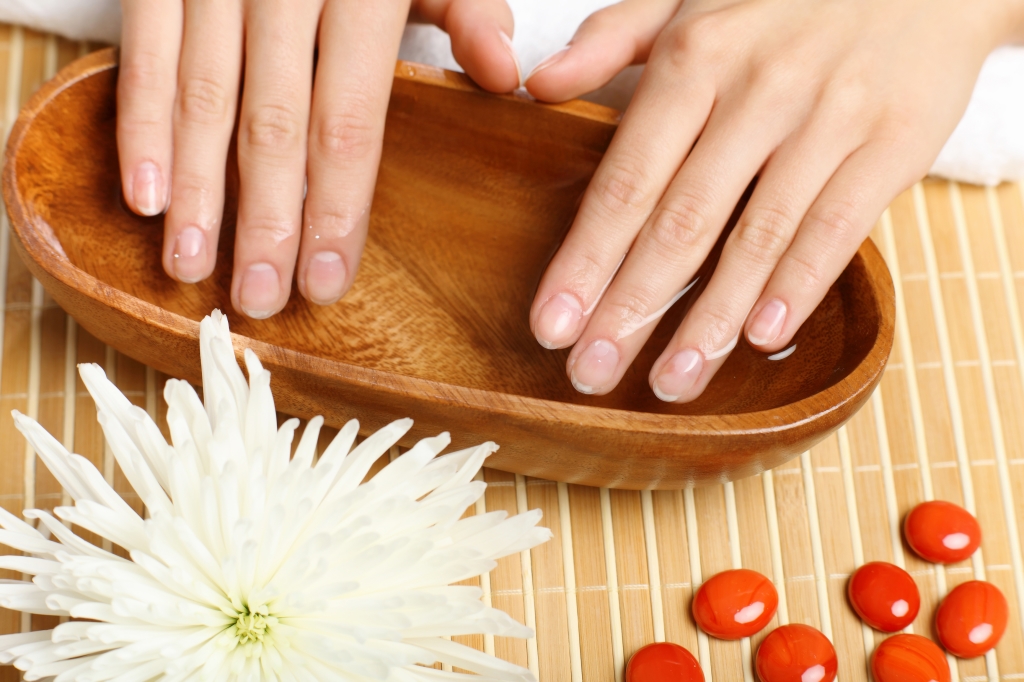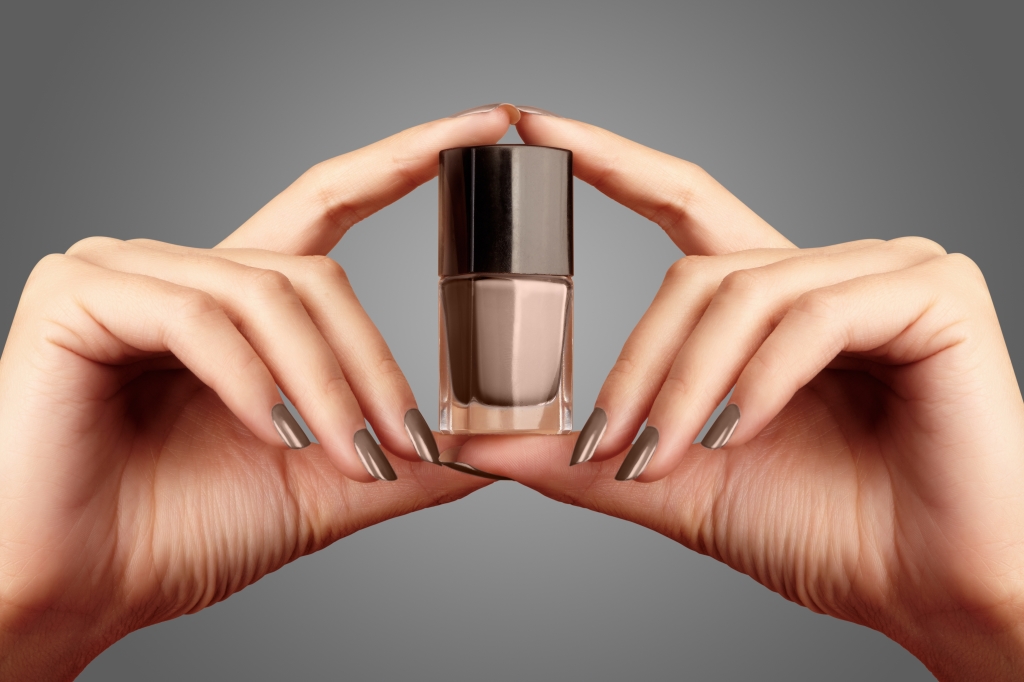If you’ve spent any time exploring the world of nail care, you’ve probably heard the phrase, “Your nails need to breathe!” This common saying suggests that, after frequent use of nail polish, gel polish, or acrylics, it’s necessary to give your nails a break to let them “breathe” and recover. But is this really true? Let’s dive into the science of nails to debunk this myth and offer practical advice for keeping your nails healthy.

Understanding Nail Anatomy
To understand why nails don’t need to breathe, it’s important to first look at their structure. Nails are made of keratin, the same protein found in hair and the outer layer of skin. The hard part of the nail, called the nail plate, is composed of dead cells, which means it doesn’t require oxygen or “breathing” in the way your skin does.
The living part of your nail is located beneath the cuticle in the nail matrix, where new cells are produced. The health of your nails depends on the nutrients and oxygen supplied by your bloodstream, not from the external environment.
Why the “Nails Need to Breathe” Myth Exists
The myth of nails needing to breathe likely originated because, after long periods of wearing nail polish or enhancements like gel or acrylics, nails can sometimes look unhealthy or discolored. People assume that nails are suffocating under layers of polish. However, this appearance is usually due to other factors, not because the nails need air.
Here are some common reasons nails might look damaged or discolored after extended use of polish:
- Staining from Pigment: Dark nail polishes can stain the nails yellow, especially if you skip using a base coat. This staining is superficial and doesn’t mean your nails are unhealthy or deprived of oxygen.
- Dryness: Constant use of nail polish remover (especially those with acetone) can strip the nails of their natural oils, leading to dryness, brittleness, or peeling. This damage is caused by dehydration, not lack of air.
- Damage from Extensions: If you regularly wear gel polish or acrylics, improper removal techniques can cause the top layers of the nail plate to become thin and weak. Over-filing or peeling off the product instead of soaking can lead to visible damage.
So, Do Nails Really Need a Break?
While your nails don’t need to “breathe,” they can still benefit from periodic breaks, especially if you notice signs of damage, dryness, or thinning. A break gives your nails time to recover from the physical effects of certain nail products or the use of harsh chemicals.
Here’s why a polish-free break can be helpful:
- Moisturizing and Strengthening: Giving your nails a break allows you to focus on nourishing and moisturizing them. Applying cuticle oil, nail-strengthening treatments, or hydrating creams can help restore their strength and flexibility.
- Preventing Damage: Constant use of acrylics or gel polish can weaken your natural nails if not applied and removed correctly. Taking a break allows your nails to grow without being exposed to repeated filing, buffing, or soaking in acetone.
- Assessing Nail Health: Going polish-free occasionally can help you monitor the natural health of your nails. If you notice changes like discoloration, ridges, or peeling, you can address these issues before applying more product.

How to Keep Your Nails Healthy (With or Without Polish)
Even though your nails don’t need to breathe, it’s still important to maintain healthy nail care practices to prevent damage, dryness, or infection. Whether you love a constant pop of color or prefer a natural look, here are some tips for keeping your nails strong and healthy:
- Use a Base Coat: Always apply a protective base coat before applying nail polish, especially with dark or pigmented colors. This helps prevent staining and creates a smooth surface for the polish.
- Hydrate Your Nails: Just like your skin, your nails need moisture. Use a cuticle oil or hand cream regularly to keep the nail bed and surrounding skin hydrated.
- Limit Acetone Use: Acetone-based nail polish removers are effective but can dry out your nails. Try using non-acetone removers or limit acetone use by moisturizing immediately after.
- File Gently: Avoid aggressive filing, especially in a back-and-forth motion. File in one direction to prevent splitting and use a fine-grit file for a smoother finish.
- Protect Your Nails: Wear gloves when cleaning or working with harsh chemicals to prevent dryness and exposure to irritants.
- Remove Gel and Acrylics Properly: If you wear gel polish or acrylics, take care when removing them. Soak them off properly, and avoid peeling or picking at the product to prevent nail damage.
- Take Occasional Breaks: While nails don’t need to breathe, occasional breaks from polish or extensions can give you the chance to nourish and strengthen your natural nails. During this time, focus on hydration and repair.
The idea that nails need to breathe is a myth—nails are made of dead keratin and don’t require oxygen from the air. However, your nails can still benefit from regular care, hydration, and protection to stay healthy and strong. By incorporating good nail care habits and taking breaks when needed, you can keep your nails looking great whether you prefer them polished, enhanced, or completely natural.




